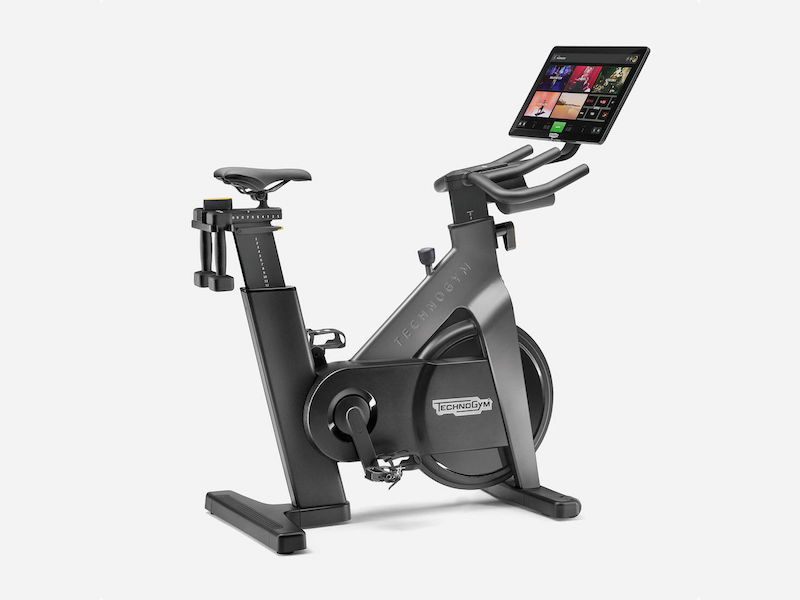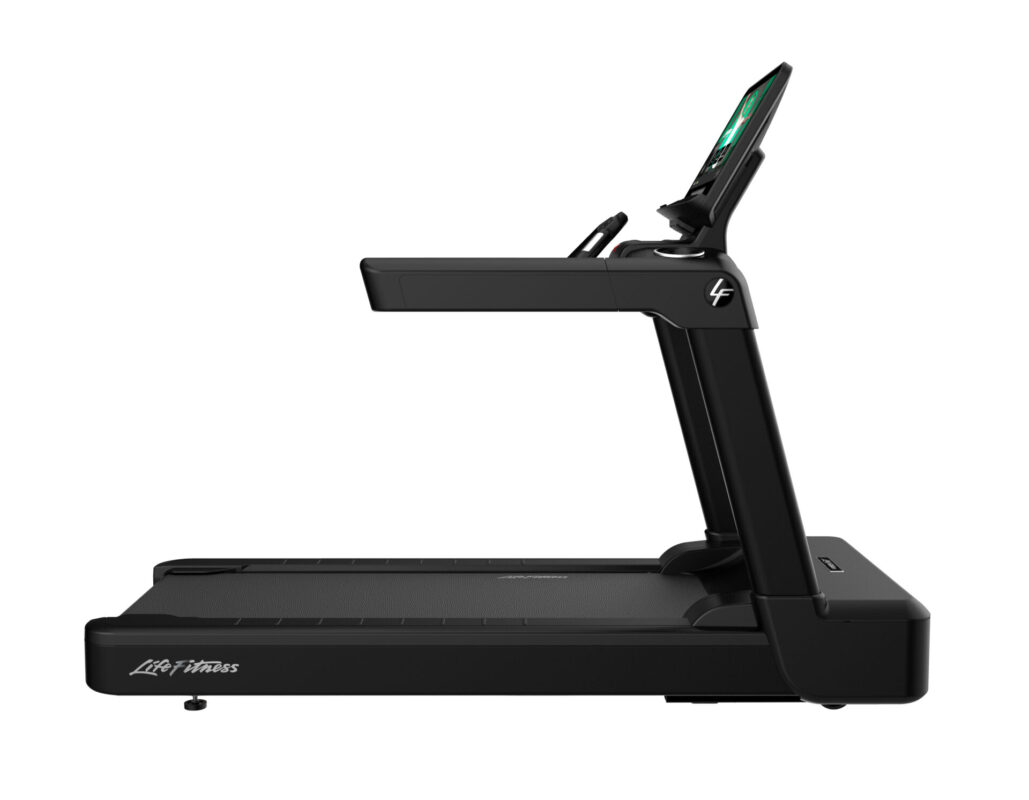Health & Wellbeing, Knowledge Sharing, Superyacht Life
What’s new in the world of superyacht gyms and onboard wellness for 2024?
Gym Marine Group Sales & Marketing Manager, Megan Dickerson, talks us through her top picks of the latest equipment and the trends set to influence superyacht gym design.
The biggest trend for 2024 is the crew gym
We have seen this become an increasingly important consideration for superyacht owners and designers, particularly for yachts at the larger end of the scale where there can often be 20+ crew onboard.
Why invest in a crew gym? A dedicated crew gym gives the crew another space aboard the boat that they can use in their down time, and helps with general fitness, mental wellbeing, and crew moral. Whether it’s a defined crew gym space or a multifunctional area that can be transformed into a training space, with easy to transport and space saving equipment, it’s definitely high on the list for superyacht requirements.
My top pick of equipment for a crew gym include:
This bike is accessible for all users – a treadmill or a cross trainers can be a challenge for taller crew if the ceiling heights are restrictive. I also love the Technogym Bike’s Live subscription, which provides access to a range of live and on demand classes to boost crew motivation with guided workouts. The subscription also includes total body workouts for additional strength and cardio to follow on the console screen, which can be rotated and used for training off the bike.
The newly launched Saltlick Crew Bench (pictured above) has been specifically designed for marine environments. The space saving design makes it ideal for a crew gym, use on deck or on the dock. It allows up to seven users to train at once, encouraging crew to train together for additional motivation and providing a social aspect. There’s even a QR code for guided workouts, and it’s been made by crew for crew. Perfect!
New gym equipment and gadgets for 2024
Keep up with the in-crowd (and the fit crowd) with 2024’s new additions to the gym equipment market. Lots of manufacturers have released new models and at the higher end, these have some great customisable features.
For owners and their guests, the aesthetics of an onboard gym space are becoming a higher priority. With luxury equipment in natural woods from the likes of NOHrD and Paragon Studio, there’s no excuse for a gym not looking as styled and polished as the rest of the boat.
Customising equipment with details like adding the yacht’s logo on the dumbbells, or powder coating cardio and strength equipment to match the yacht’s colour scheme, are also popular options.
When it comes to new equipment pieces, my favourites are:
The Life Fitness Integrity+ range offers commercial grade equipment paired with their SE4 console for a more immersive training experience. They’ve been mindful of ceiling heights and operational footprints as well, with the treadmill step-up just 20.3cm.
I’m excited about the upcoming launch of the Life Fitness Symbio line, too. This range will feature a more luxurious design, customisable features, and advanced technology.
Stil-Fit Luxury Functional Trainer
The Stil-Fit Functional Trainer has been extremely popular for our gym designs due to its beautiful mirrored finish, customisable height, and variety of movements that can be performed. The latest model features fully mirrored sides and an integrated lat pull unit.
Technology in gym spaces is getting clever
Technology is leading the way, and we are seeing an increased demand for high-tech audiovisual integrations in superyacht gyms. Users want to link to 3rd party training apps from machines so they can track their training from wherever they are via platforms like Strava and Zwift. This is a popular feature on the Technogym Domestic Line of equipment, like the Technogym HIIT Run and Technogym Ride.
Flooring that fits the bill
Who knew gym floors could be such an interesting topic?!
Many of our projects in 2023 saw requests from shipyards who sought to outfit a gym space with a more architectural style sports floor. This is a trend that we warmly welcome, as we recommend installing gym floor throughout the space to create a multifunctional training area that allows users to train wherever they wish, as well as additional protection for the equipment, user, and deck!
The technology for gym flooring has come a long way, making it functional as well as aesthetically pleasing. We regularly recommend and specify Ecore – it has options for a variety of spaces, along with multiple design and finish options, and this luxury flooring provides a seamless finish through the guest areas.
The wellness hunters
Across the whole fitness industry, the importance of recovery is now as high as fitness and training itself, and this movement has transferred over to yachts as well. People are chartering superyachts specifically with wellness in mind, and that means everything from massage guns and compression therapies to holistic spa spaces and treatment rooms.
For superyacht designers, this has led to development of the wellness deck, where gyms, spas, saunas, and treatment rooms reside in one place and often utilise both the interior and exterior of that deck.
I work closely with Kayleigh Westgarth, who runs our sister company Coral Spa Consultants, to offer our clients a better integrated gym and spa, creating a total wellness sphere for training, recovery, and relaxation.

Marketing Executive
Creating exciting content and updating our wide range of products is what I love doing at Gym Marine. It’s always great being able to showcase our fantastic projects and engage with customers online. For any marketing related enquires, get in touch!




